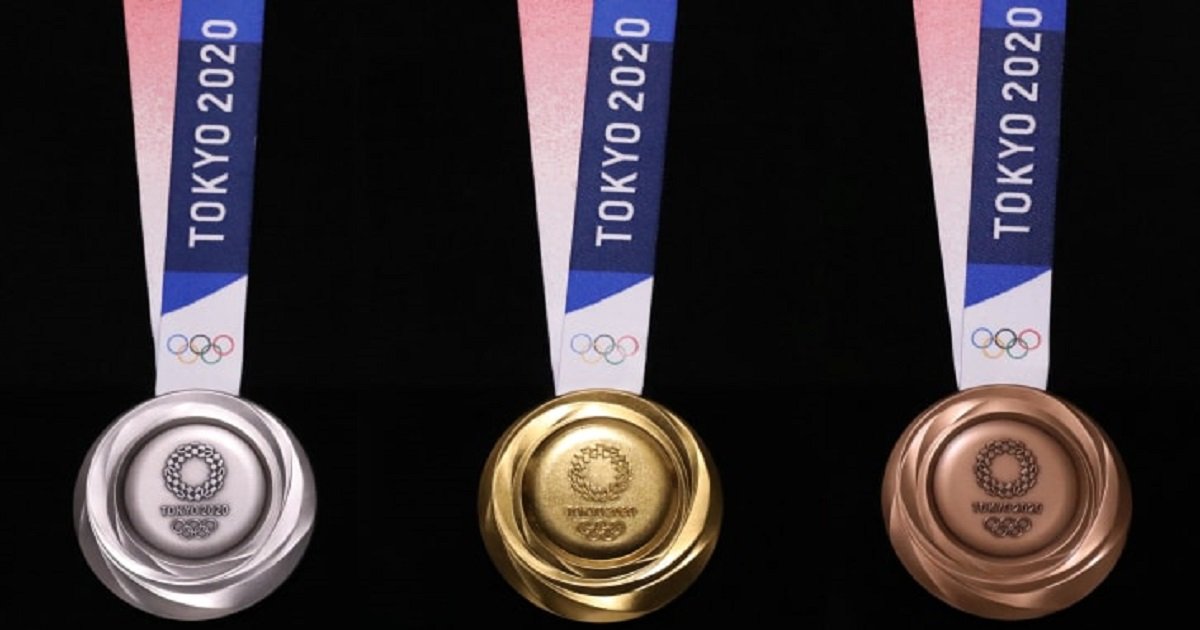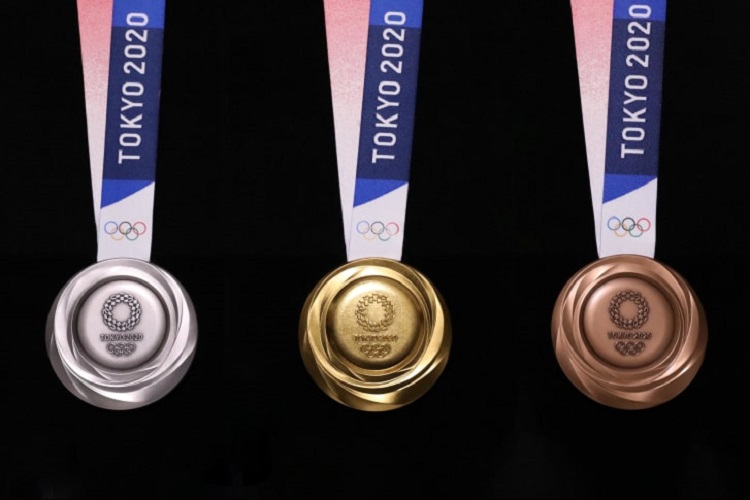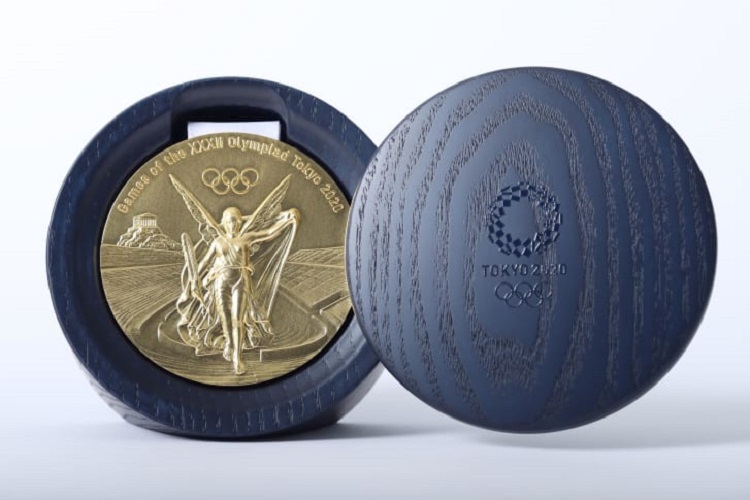Watch to find out more about this news.
[rumble video_id=v5d5m1 domain_id=u7nb2]
Even though we still have a year before the start of the 2020 Tokyo Olympics, one clear winner has already emerged: the environment. That’s because all the medals that will be used at the event will be made of discarded cellphones and old electronics.
The just unveiled designs will have the medals measuring 8.5 cm in diameter with a pebble-like appearance. Just like past Olympics, the image of Nike, the Greek goddess of victory, will grace the front face. But this time, the gold, silver, and bronze (although in this case, zinc, and copper) will be sourced from materials stripped from electronics and cellphones that have been donated.
The designs were the product of a nationwide competition and in 2017, the Tokyo 2020 Organizing Committee put in motion its “Everyone’s Medal” campaign calling on citizens to donate devices so that they can be stripped of the material that will be used for the medals. The medals will be used both for the Olympics and Paralympics, which starts in July and August of next year, respectively.
Over 400 entries were submitted for the competition that design students and professional designers participated in. Junichi Kawanishi’s design eventually won and said it’s a “great honor” to have his proposal used.
“I never dreamed that the design I submitted, only as a memorial to this lifetime event, would be actually selected,” he said in a statement. “With their shining rings, I hope the medals will be seen as paying tribute to the athletes’ efforts, reflecting their glory and symbolizing friendship.”
International Olympic Committee guidelines state that silver medals must be composed of a minimum 92.5% silver content though the Tokyo 2020 one will be of pure silver. Gold medals actually have a large silver content although at least 6 grams of pure gold must be used for the plating. Around 5,000 medals will be made for next year’s games. This is also the second time that Tokyo has played host to the Olympics.
During the campaign which ran from April 2017 to March 2019, municipal authorities managed to collect roughly 79,000 tons of used cellphones and various electronic devices. That represents more than 6 million used cellphones. Japanese phone operator NTT Docomo helped in the effort by running in-store collection points for unwanted devices.
In the end, 32 kilograms of gold, 3,500 kilograms of silver, and 2,200 kilograms of copper and zinc were extracted thanks to the campaign.
The medals will also feature a circular medal case made of Japanese ash. The design of the ribbons took inspiration from traditional Japanese patterns as well as kimono-layering techniques.
In a press statement, Ryohei Miyata, the chair of Tokyo 2020’s medal design selection panel, said: “I am convinced that Japanese metal molding techniques and the superb design have combined well and that we have the best medal in the world — one that we can be proud of. There is also a beautiful balance between the design of the medals and their ribbons. It makes me want to strive for a medal myself.”




